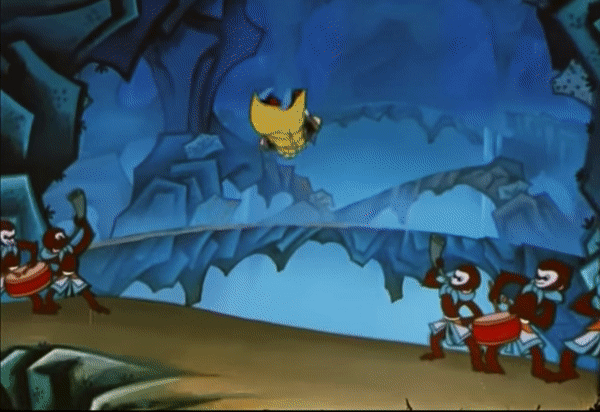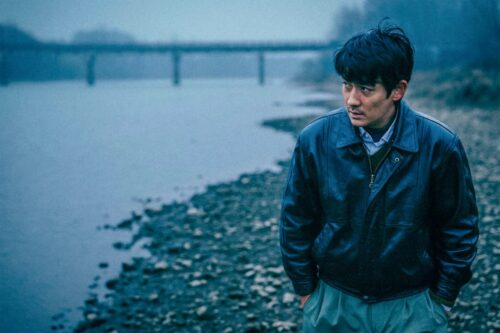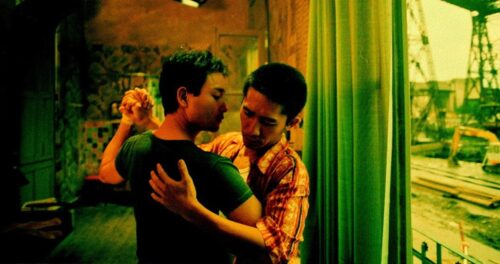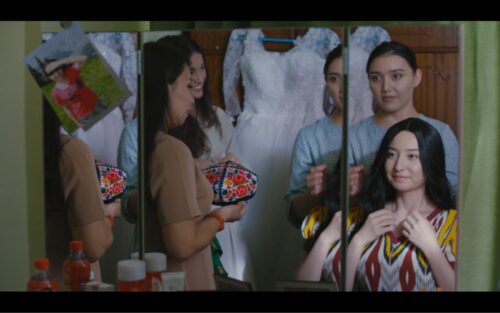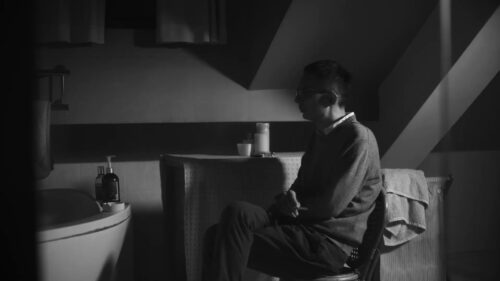‘Havoc in Heaven’: How China’s first animators braved war, politics, and exile to create a masterpiece
Based off "Journey to the West," this hand-animated classic took more than two decades to complete, with its creators suffering the vicissitudes of 20th-century Chinese history. The final product is nothing short of a national treasure.
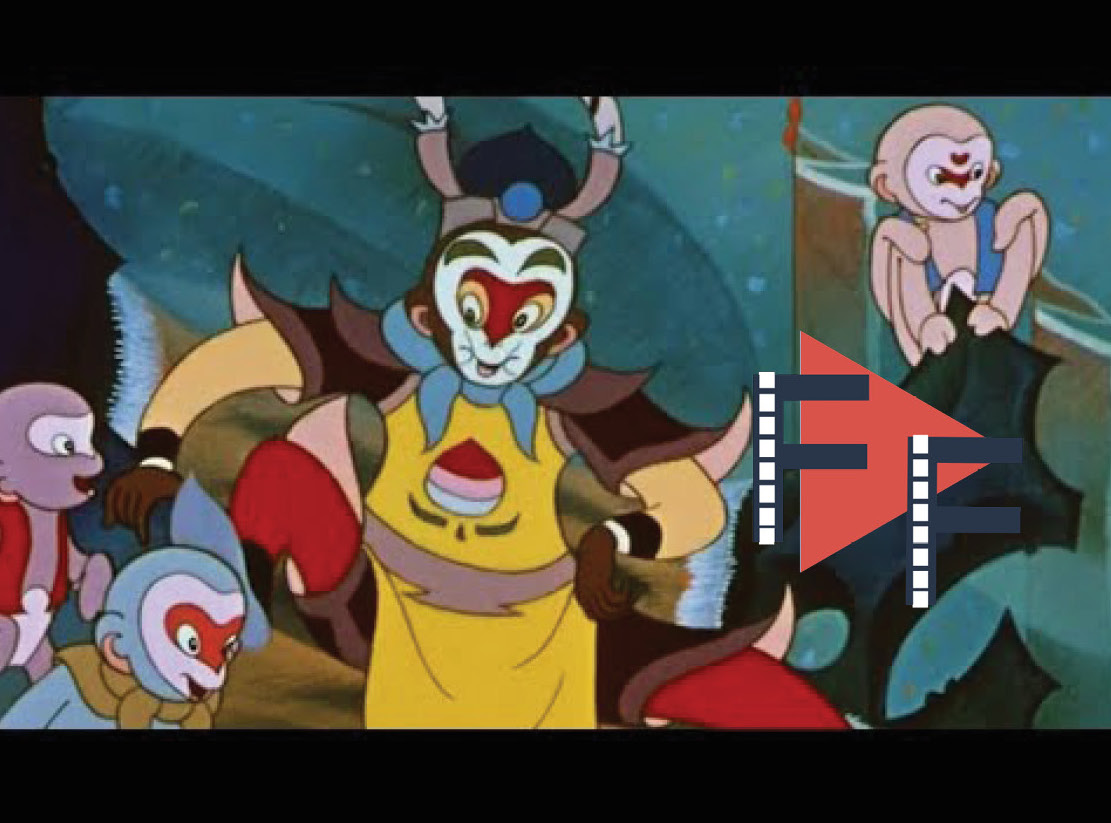
At this point, it’d be impossible to count all the adaptations of Journey to the West 西游记 out in the world. Wu Cheng’en’s classic fantasy novel has graced the big screen since the silent era, and it’s been turned into numerous cartoons, TV shows, and video games since then. Out of all these adaptations, perhaps animator Wan Laiming 万籁鸣 and his brothers’ take on the story, Havoc in Heaven 大闹天宫 (also translated as Uproar in Heaven), is the best and most influential version. For decades, this colorful cartoon has been a big part of many Chinese childhoods. If there’s any way to quantify how utterly beloved this movie is in China, look no further than its average user rating on Douban. Out of more than 130,000 votes, Havoc in Heaven has an average rating of 9.3, making it the 77th highest-rated movie on the site.
For non-Chinese unfamiliar with the movie, it might be tempting to dismiss its popularity as mere nostalgia. But really, you don’t need to be a kid to appreciate Havoc in Heaven, which was first screened in 1965. It’s a stunning piece of work, with bright visuals and beautiful music inspired by Peking Opera. Based on the early chapters of Journey to the West, it depicts the Monkey King, Sun Wukong 孙悟空, and his rebellion against the Jade Emperor, the ruler of heaven. Even by modern standards, the action sequences, like Sun Wukong’s fight with the god Nezha, are impressive, all the more so when you remember it was all animated by hand.
As tumultuous as Sun Wukong’s antics prove to be to the Jade Emperor, the history behind the production of Havoc in Heaven is just as troublesome. Director Wan Laiming was one of the pioneers of the Chinese animation industry, a hardworking man whose career suffered with the ups and downs of 20th-century Chinese history. Havoc in Heaven represents the culmination of a lifetime of work, and along with the rest of Wan’s output, it’s a bit extraordinary it was even made in the first place.
The son of a Nanjing businessman, Wan Laiming had three brothers: a twin named Guchan 古蟾 and two younger brothers named Chaochen 超塵 and Dihuan 滌寰. All four brothers had an artistic bent, and enjoyed Chinese shadow plays and painting when they were boys. In adulthood, they pursued careers in art, and everyone except Laiming would attend art school. After being exposed to American cartoons in Shanghai, the brothers were inspired to take up animation, an industry then nonexistent in China.
With nobody around to teach them, the Wan brothers had to figure out the basics of animation themselves. They spent long nights cooped up in their room experimenting, drawing pictures over and over again. Soon, this excruciating practice paid off, and the brothers produced the first Chinese animated short, a minute-long advertisement for a typewriter called the Shuzhendong Chinese Typewriter 舒振东华文打字机. By 1926, the brothers’ work had attracted the attention of the Great Wall Film Company, which invited them to create their next project, Uproar in the Studio 大闹画室.
Sadly, this short is long lost, but its technical skill helped cement the Wan brothers’ reputation. Combining animation and live-action, the short starred Guchan as a frustrated artist, harassed in his studio by an animated figure from a piece of paper. In its plot and style, the short was influenced by Out of the Inkwell, an American-made series by cartoonist Max Fleischer. Fleischer and his process of rotoscoping, an animation technique in which cartoons are made by tracing over live-action pictures, was a big influence on the Wans’ early work.
Over the next decade, the Wan brothers continued to produce shorts, some of them, due to the circumstances of the time, little more than anti-Japanese propaganda. Eventually, Dihuan left animation to concentrate on photography, and Chaochen, Guchan, and Laiming migrated over to the Mingxing Production Company. At this studio, the three brothers made The Camel’s Dance 骆驼献舞, a 1935 short believed to be the first Chinese cartoon with sound. With each new short, the Wans were perfecting their skills, but while they were previously constrained by financial costs, the start of the Second Sino-Japanese War added a political dimension to their problems.
When Shanghai was invaded by the Japanese army in 1937, the Wan brothers left the city, relocating to Wuhan. After two years, however, Guchan and Laiming were forced back to Shanghai to find work. The same year, the twin Wans caught a screening of Disney’s Snow White and the Seven Dwarves, the first full-length animated movie ever made. With its visuals and music, the movie blew Chinese viewers (and investors) away, and Guchan and Laiming became determined to make a full-length cartoon for China. Working in Shanghai’s French Concession, the twins’ project was titled Princess Iron Fan 铁扇公主, an adaptation of an episode from Journey to the West.
Though the animation is crude by modern standards, Princess Iron Fan was an amazing triumph for the time, especially when you consider how difficult it was to make it. Investors pushed for quick deadlines to save money, and the hundred or more animators who labored over the movie sometimes went months without being paid. Adding to the risk, the message of Princess Iron Fan was a call for ordinary Chinese to fight back against the Japanese, all the while the enemy’s forces was occupying Shanghai. Years after the movie’s release, Laiming was even quoted as saying, “If the Japanese had found the purpose of this film, I would be dead without a place to bury my body.”
Fortunately, when it was released in 1941, Princess Iron Fan proved to be a great success in China. While it still showed the influence of American cartoons, and extensively used rotoscoping, Princess Iron Fan’s music, themes, and visuals were uniquely Chinese. Oddly enough, the movie was a hit in Japan as well, reaching Japanese theaters in September 1942. Even in versions edited to better appeal to local tastes, Japanese viewers recognized the movie’s anti-Japanese message, enjoying the movie anyway. As Asia’s first full-length animated feature, it also made an impact on Japan’s own animation industry, even impressing a young Osamu Tezuka.
With the enthusiastic reception of Princess Iron Fan, the Wan twins felt confident enough to make another patriotic feature, The World of Insects. The Japanese advance into Shanghai’s foreign concessions forced them to abandon the project, however, leading the brothers to plan what would become their masterpiece, Havoc in Heaven. For six months, the Wan twins and their team worked on the movie, until higher-ups figured it was more profitable selling film equipment than making an actual film. The Wans were devastated when production was stopped, leaving Laiming convinced that Havoc in Heaven would never be finished.
War-torn China was no place for an animator, and Guchan and Laiming were forced to do odd jobs to make ends meet. Things looked brighter when the two brothers moved to Hong Kong, and the Great Wall Film Company allowed them to move forward with The World of Insects. Due to a lack of money, the Wans had to quit the project for a second time, putting their love for animation yet again aside. Instead, while their brother Chaochen studied animation in the United States, the Wan twins were stuck working as Hong Kong set designers.
In 1954, Chaochen, Guchan, and Laiming were able to return to Shanghai, getting jobs at what would soon turn into the Shanghai Animation Film Studio. They might have been long out of the field, but the Wan brothers never lost their creativity and work ethic, creating strong shorts like Why Is the Crow Black-Coated 乌鸦为什么是黑的. Their newer work impressed the head of the studio, and by 1959, Laiming was given permission to revive an old dream of his: Havoc in Heaven.
Once again, Guchan and Laiming aimed to push the Chinese animation industry to its limits. They wanted to continue where they left off with Princess Iron Fan, making an animated feature that was distinctly Chinese. For inspiration, the crew visited Beijing, studying its traditional art and architecture. The project was so ambitious, ultimately consisting of 70,000 pictures, that it had to be split into two parts. The first part was completed in 1961, and with the help of brothers Chaochen and Dihuan, the second part was finished in 1964. When the full movie was done, the film studio conducted a test screening. At the sight of Sun Wukong jumping up onto the screen,
Laiming was brought to tears. After more than two decades of waiting, his dream of bringing Havoc in Heaven to the screen was finally realized.
On its release, Havoc in Heaven was recognized as a masterpiece, but the eruption of the Cultural Revolution would bring China’s animation industry to an abrupt halt. Like so many other artists and filmmakers, Laiming came under the suspicion of the authorities, and Havoc in Heaven was interpreted as anti-Maoist. Fortunately, while details about the life of Dihuan is a bit scanty, the other three Wan brothers survived the Cultural Revolution, living well into the 1990s. After the Revolution’s end, Havoc in Heaven was re-released in its entirety on the mainland in 1978, even playing across Europe during the 1980s.
Nowadays, the Wan brothers are widely recognized for their contributions to the industry they practically established in China. Both Princess Iron Fan and Havoc in Heaven are easily available, and while they were never released in English during their respective runs, can be enjoyed subtitled on YouTube.
Film Friday is The China Project’s film recommendation column. Have a recommendation? Get in touch: editors@thechinaproject.com
